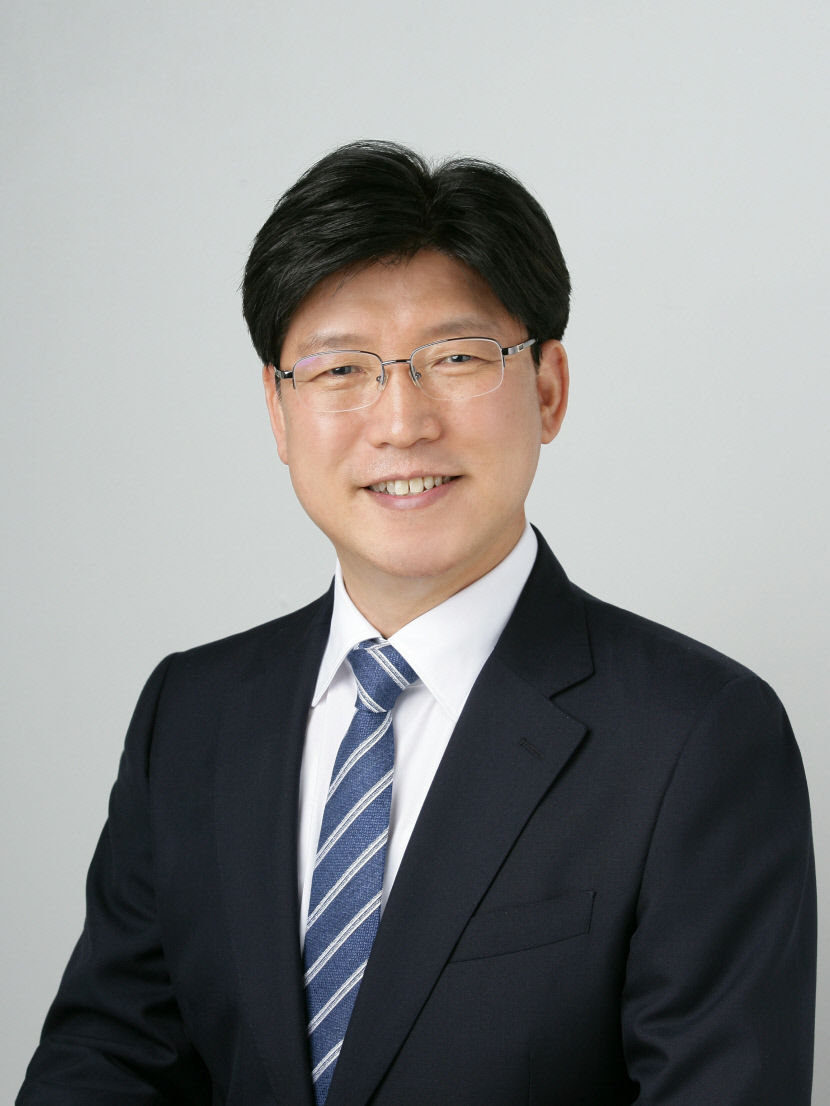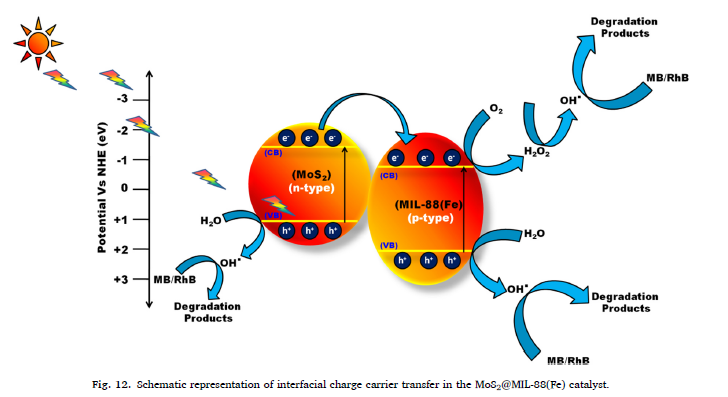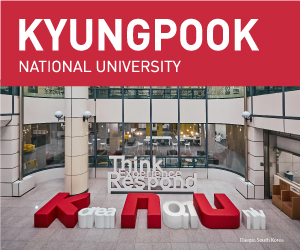During the first half of this year, Kyungpook National University (KNU) was selected for nearly 1,700 projects for a total of KRW 214.5 billion in research funds, solidifying its position as a research-oriented university. This amount is more than 90% of the total research funds, KRW 235.7 billion, received from projects last year.
The amount of funding received from national projects by the Ministry of Science and ICT has also surpassed the amount received last year, KRW 76.8 billion, with funding of KRW 80.7 billion this year. This can be attributed to the fact that KNU had recently been selected for many large-scale government projects for cohort research.
Of these projects, ‘University-Focused Research Institute in Science and Engineering by the Ministry of Education and the National Research Foundation of Korea is a meaningful academic support project that designates exemplary university-affiliated research institutes of science and engineering to foster the production of research results and nurture accomplished researchers.
This year, KNU Center for ICT & Automotive Convergence (Centre Director Dongseog Han) has been selected for the project and will receive funding of KRW 7.7 billion for up to 9 years. With this selection, KNU now has a total of five major research institutes designated by the Ministry of Education, including the Research Institute for Ulleungdo and Dokdo, Autonomous Cluster Software Research Center, Environmental Science & Technology Institute, and Center for High Energy Physics. Through this newly attained project, KNU Center for ICT & Automotive Convergence plans to develop human-intention-based autonomous driving technologies under the project name, ‘Development of Multi-intelligence-based Human-centric Autonomous Driving Core Technology’.
Major areas of research include reflection of unexpected human behaviour in autonomous mobility, atypical road environment ▷communication and precision positioning for large capacity sensor data transmission ▷human-intention-based driving control and to commercialize AI architecture and embedded AI.
Following KNU’s selection as the ‘University-Focused Research Institute in Science and Engineering,’ KNU was selected for three more ‘Leading Research Center’ projects by the Ministry of Science and ICT. As a result, the total amount of research funding for the next 7 to 9 years is projected to reach KRW 40 billion.
The ‘Leading Research Center’ project by the Ministry of Science and ICT aims to establish exemplary research groups and foster next-generation specialists to ultimately develop world-class competitiveness of core research fields.
To list selected KNU centres in detail, KNU ‘Software Disaster Research Center (Center Director Yunja Choi)’ was selected as an Engineering Research Center (ERC); KNU ‘Tumor Plasticity Research Center’ (Center Director Byungheon Lee) was selected as a Medical Research Center (MRC), and KNU ‘Regional Leading Research Center of Smart Energy System (Central Director Jong Wook Roh)’ was selected as a Regional Leading Research Center (RLRC).
Among 17 projects offered by the ministry this year, KNU was selected for 3 projects, the second most after Seoul National University. Through these projects, KNU is to receive funding of KRW 1.4 to 1.9 billion percenter insole research expenses, or a total of KRW 32.4 billion in the inclusion of all expenses.
To elaborate, the ‘Software Disaster Research Center,’ led by Professor Yunja Choi of the School of Computer Science and Engineering, addresses the issue of software (SW) disaster, or extensive human, wealth, or social damage caused by unintended software operation, by building an integrated framework and developing software disaster management technology to quickly detect and respond to disaster situations caused by software malfunctions and prevent a recurrence.
For this project, KNU is the lead institution with 13 professors and 70 researchers from 7 universities, including Korea University.
The objective of the ‘Tumor Plasticity Research Center’ led by Professor Byungheon Lee of the School of Medicine, is to establish a platform for identifying control mechanisms of cancer based on tumour plasticity and developing control materials. Professor Lee has conducted research related to tumour network control for 7 years since the centre was selected as a leading Medical Research Center (MRC) in 2014.
The ‘Regional Leading Research Center of Smart Energy System’ led by Professor Jong Wook Roh of the School of Nano & Materials Science and Engineering, seeks to develop a highly efficient, eco-friendly energy platform through multi-disciplinary research between nano-technology, information technology, and energy technology, as well as a smart-solution to operate this platform.
As many key national industrial complexes are located within the Daegu-Gyeongbuk area, such as steel, chemical, electrical, and electronic industries, there is a high demand for carbon neutrality. With this project, KNU, along with the Daegu-Gyeongbuk Institute of Science and Technology (DGIST), plans to present a model of energy technology for carbon neutrality and secure foundational technology for innovating energy materials, components, and systems.









.jpg)


